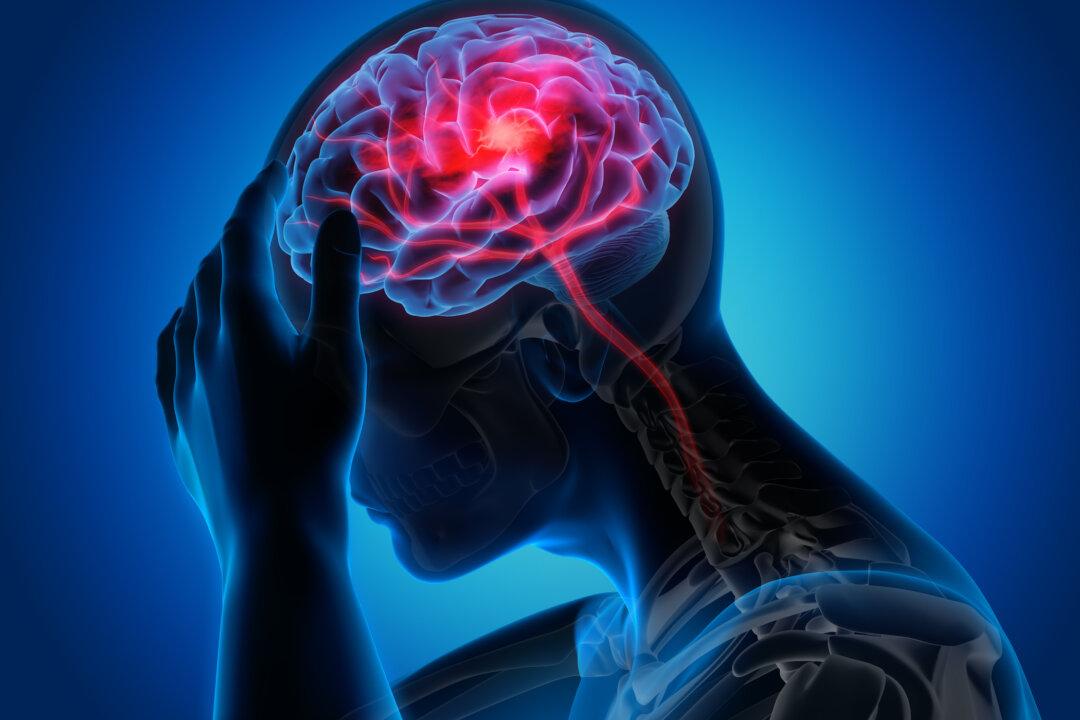In addition to cardiac events, another life-threatening side effect has been associated with the Pfizer-BioNTech vaccine. When is the risk period? Does the flu shot play any role in these events? What actions should we take to better protect ourselves?
Summary of Key Facts
- An increased risk of stroke events has been identified with the Pfizer COVID-19 bivalent vaccine, according to a joint statement from the Centers for Disease Control and Prevention (CDC) and the Food and Drug Administration (FDA).
- The onset time in people aged 65 years and older was 1–21 days after the booster, with a significant cluster of events observed 11–21 days after the booster.
- Sixty-four percent had received the flu vaccine on the same day as the COVID-19 booster.
- The bivalent booster contains the code of the spike protein, contributing to the increased risk of blood clots. High-risk people should avoid the boosters.
- Solution: Remember the five “suddens” of stroke warning signs.
- Advice on preventing other risk factors of stroke is also provided in this paper.
The statement read, in part: “CDC’s Vaccine Safety Datalink (VSD), a near real-time surveillance system, met the statistical criteria to prompt additional investigation into whether there was a safety concern for ischemic stroke in people ages 65 and older who received the Pfizer-BioNTech COVID-19 vaccine bivalent.”







